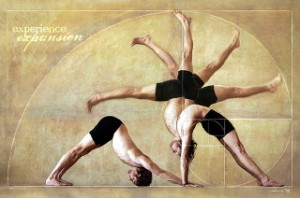Flipping through the yellow pages or surfing through the net to find a good yoga academy can be very confusing, especially if you have never attended one before. You will be presented with a range of classes, each with a different description of the kind of yoga they offer. How can you tell the difference among the styles, and more importantly, how can you find the right one for you? Below is a list of some of the major types of yoga:
Anusara – This is a recent form of yoga that was developed in 1997 by a famous American yogi called John Friend. Anusara yoga operates on the basic principle that all humans are filled with natural goodness. It seeks to the physical aspects of the art to aid students open up, let their intrinsic goodness shine and experience grace. You require at least one-month yoga retreat to benefit from anusara.
Ashtanga – This form of yoga become popular in the west during the 70s when it was introduced by Pattabhi Jois. However, it bases its principles and practices on ancient yoga teachings. It is a meticulous form of yoga, which follows specific sequences of poses, linking each style to a breath. It is physically demanding but with plenty of benefits.
Bikram – This form of yoga is named after the developer Bikram Choudhury who introduced it three decades ago. You cannot perform this kind of yoga anywhere you want since classes are supposed to take place in artificially heated rooms. It has 26 poses, and there is plenty of sweating.
Iyengar – This rigorous form of yoga places utmost emphasis on correct alignment of postures. Usually, an Iyengar studio contains a range of props to help students attain the perfect posture for maximum benefit. These include blocks, straps, blankets, chairs and bolsters. There is no plenty of jumping up and down but you may still find it physically challenging.
Vinyasa – This word in Sanskrit means flow. This kind of yoga focuses on fluid, movement-intensive techniques. The instructor choreographs the moves such that there is smooth transition from one area to another. Music often plays in the background to ease the movements. Each class is different from the last.
Restorative – This kind of yoga offers a fancy way of relaxing and soothing frayed nerves. Many restorative classes use blankets, blocks, bolsters and other props to maximize the benefits of the poses without exerting too much effort.


Leave a comment